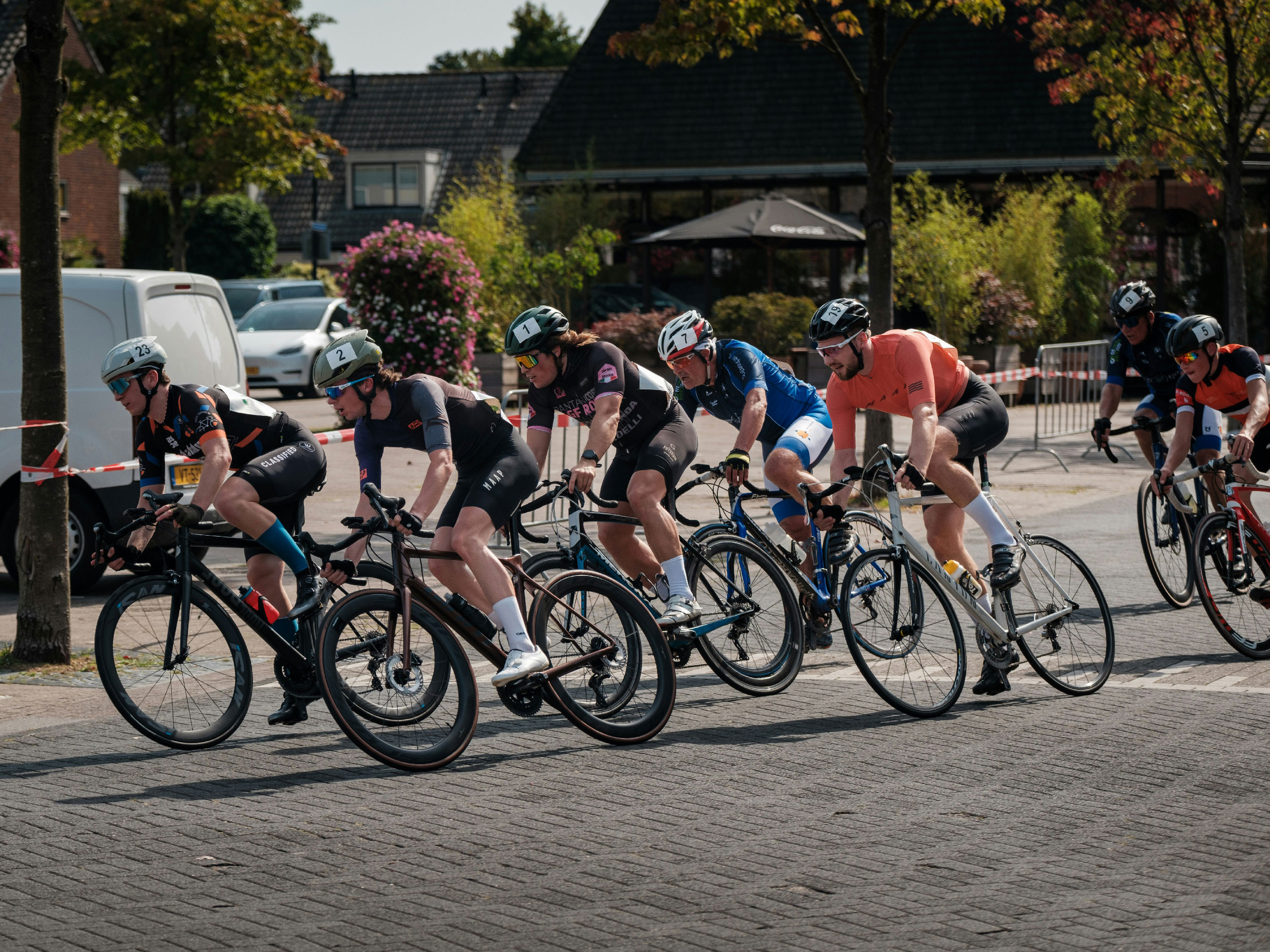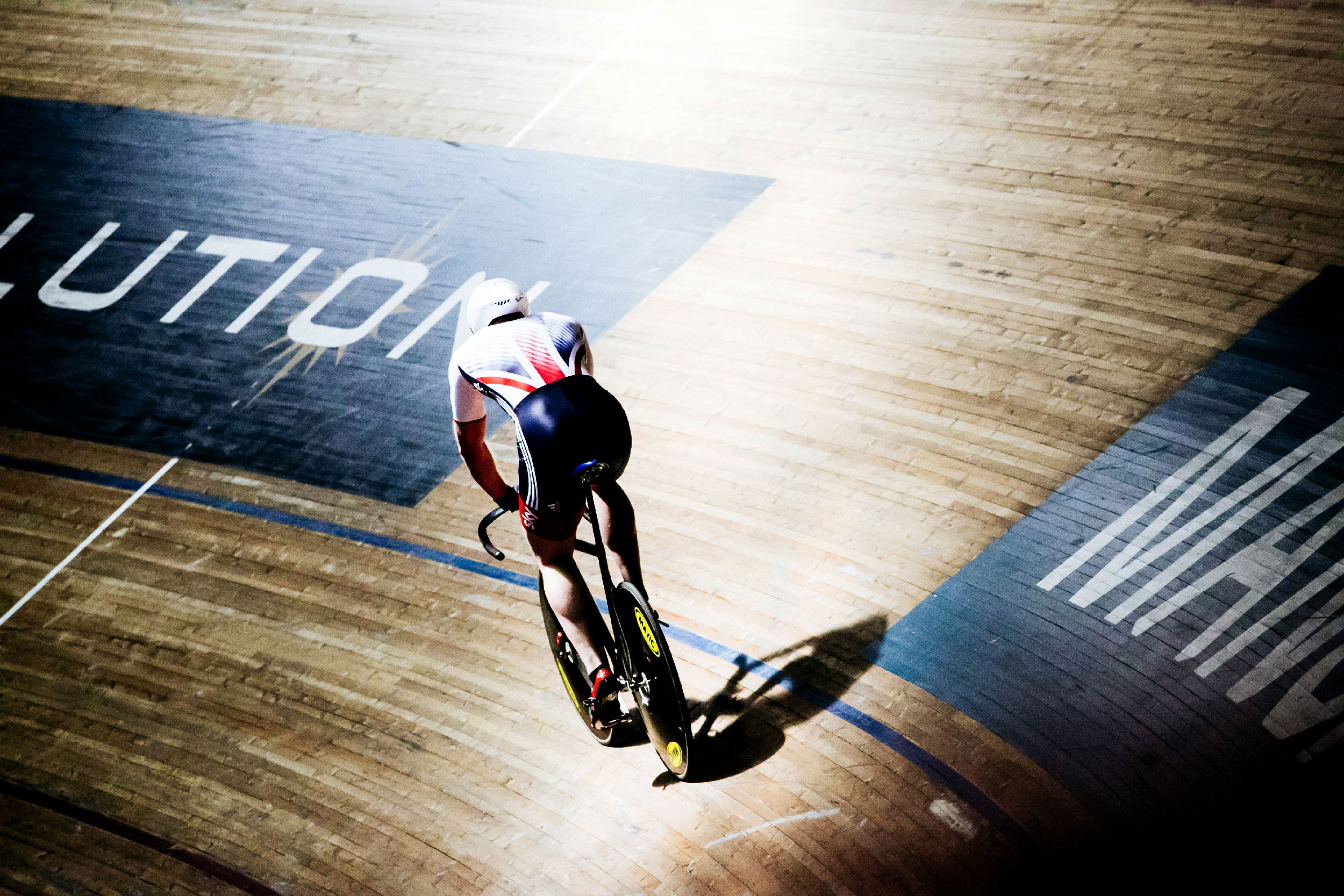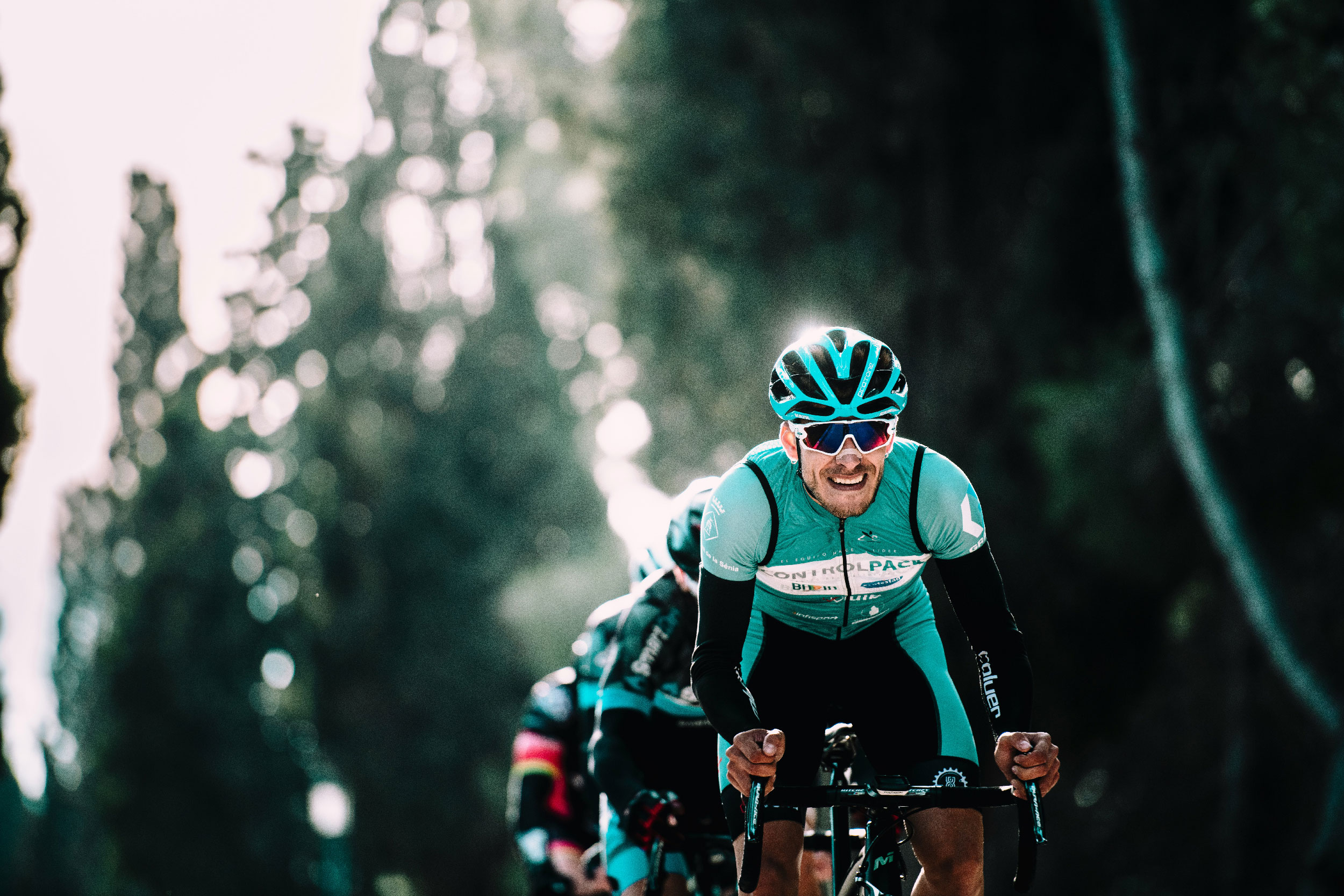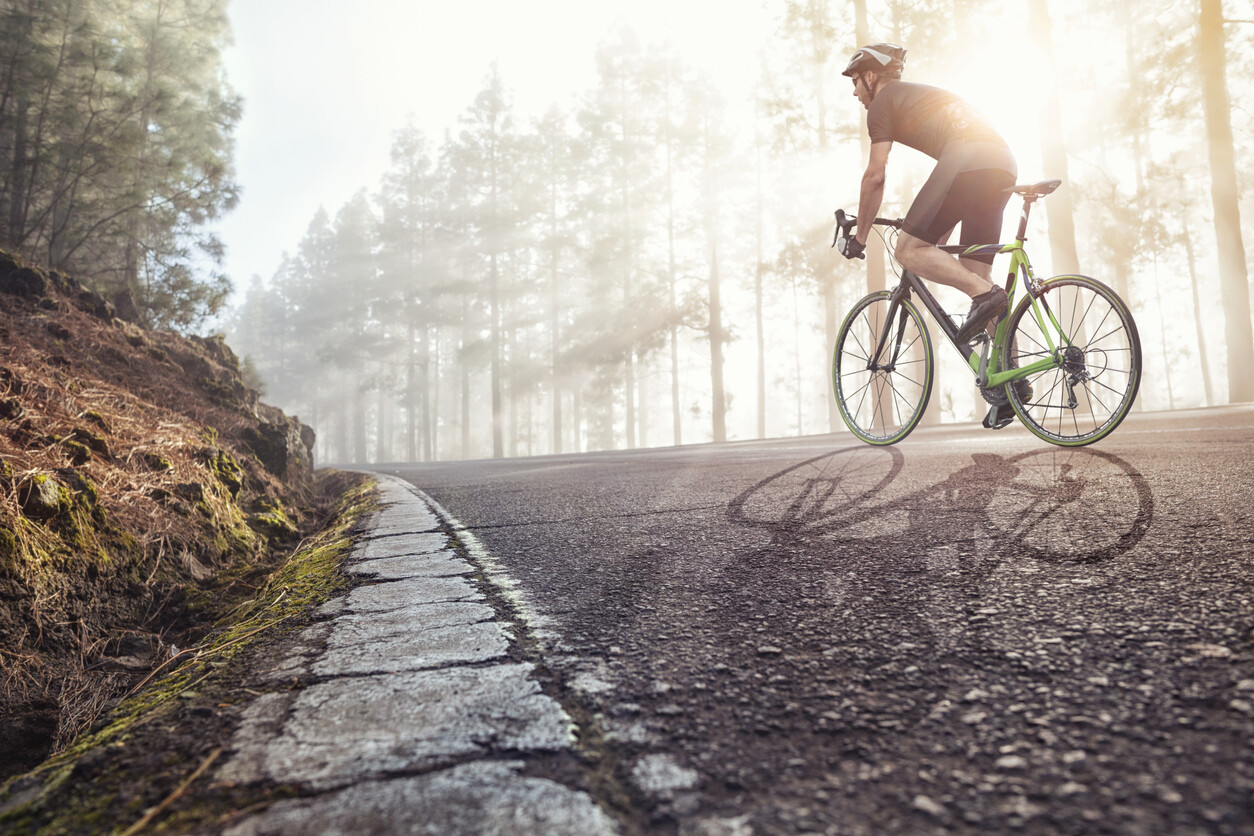
Preparation for a master
We are all clear that in cycling there are many categories, evidence, disciplines etc… at the competition level speaking.
Surely one of the categories in each country where the most licenses are processed would be the master category, where we would encompass from the Masters 30, 40, 50, 60… a competitive category where those who are in it competing in tests is to get rid of the "worm" that they have regarding the competition.
Specifying a little more in the road or route mode, In this entry we will talk about what the "dose" of training should be for these athletes in order to be able to optimize your performance and arrive in the best conditions to the competitions that each one of them faces every weekend.
From the outset and as we always do, A detailed analysis of the demands of the competition would have to be made in each case in terms of volume and intensity.. In this case but, Each age group has a different duration, limiting the duration of the Master 60 and the tests being longer for the Master tests 30. Therefore, we can talk about tests ranging from 120-135km to 60-70 in the oldest category, with which this moves to 3h 30' - 4h in the most cases until 2h - 2h 30' in the other extreme.
Once you see the duration, We also know that their intensity will be from greater to lesser intensity as we get older., with which, All this must be taken into account along with the cindividual characteristics of each cyclist: M30 athletes will surely have a greater recovery capacity than an M60 athlete, already knowing the loss of abilities with age that are inevitable.
The evidence tells us that as we get older, losses at the strength level, aerobic capacity and anaerobic threshold are the main affected. Therefore, We must give special importance to these three concepts, also taking into account that the recovery rate will not be the same and at the same time, the time available for the preparation of each of the cyclists.
Therefore, We must optimize the preparation with a work model that adjusts to the availability of the users and the experience they have in training.. For example, we can find ourselves in an athlete who wears 20 years training and competing, always with a pyramid model (distribution 60-70% below VT1, 20-25 between VT1 and VT2, 10-15% above VT2) which is very likely, we can change this model and reduce the workload between the two thresholds, seeking the stimulus above this VT2 and increasing performance in relation to the athlete's aerobic base, encouraging work at VT1 or above VT 2 with a polarized model (70-75% below VT1, 5% between VT1 and VT2, 15% above VT2).
This would provide us with new stimuli to the intensity distribution and surely new adaptations at the anaerobic threshold level., recovery capacity between sessions and a better aerobic base due to the distribution of intensities. All this with the same or even lower training load that our athletes should endure..
We cannot forget the work of strength, key piece for the maintenance or gain in some cases of muscle mass, something essential in these categories and that we believe in in an essential way in the preparation of every cyclist. Without a doubt, It is an important element and with much evidence of the need strength work in cycling.
With all this we can see that the preparation of our master athletes is not "so easy" and at the same time, like every cyclist, We must analyze and reflect on what the correct path could be to be able to train and arrive in the best conditions for sports events..
Work intensities (Coggn & Allen clasic zones)
Know well each of our training areas or what is the same, the intensity will be
Structure your preparation for a big fund
Vamos con la segunda parte de “Prepare your big fund”. In the previous delivery, analizamo
¿Series o no series?
You almost always take the same route, the same training and you don't improve... that's when you consider





